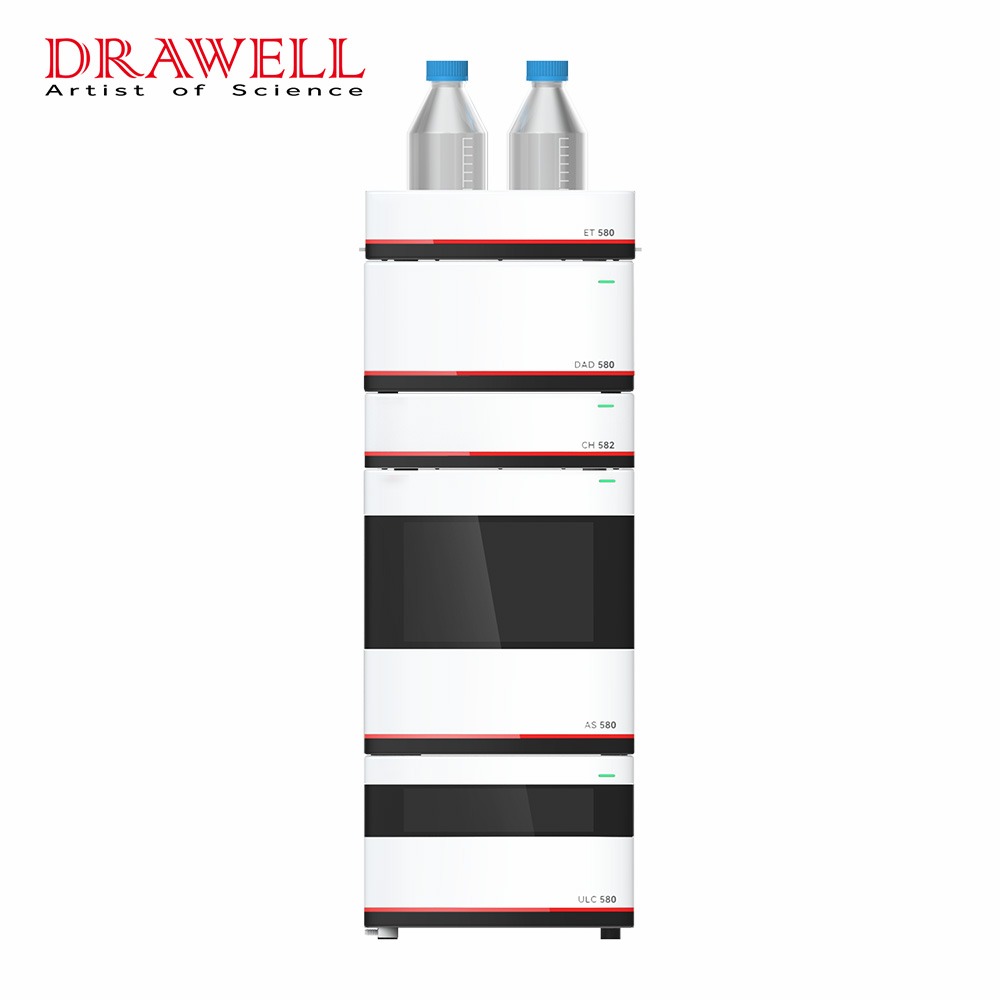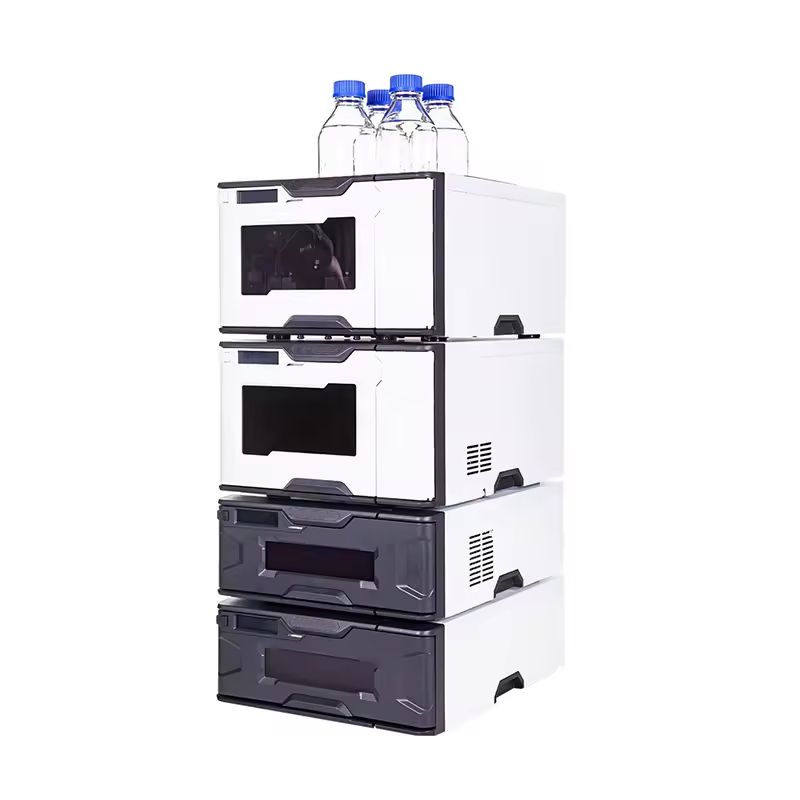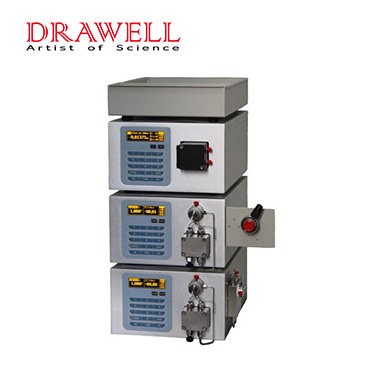HPLC (High-Performance Liquid Chromatography) has developed as one of the most versatile and commonly used analytical chemistry techniques. HPLC has evolved greatly since its inception in the 1960s, making it a vital tool for scientists, researchers, and analysts in a variety of fields. In this article, we focus on the topic of HPLC use, exploring the applications and significance of HPLC in modern analytical chemistry.
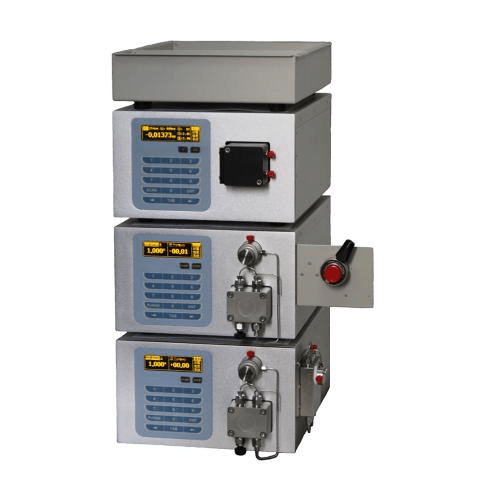
What is HPLC?
HPLC is a chromatographic technique for separating, identifying, and quantifying constituents in a mixture. It is particularly useful for studying chemicals in solution since it is based on the principles of liquid-solid or liquid-liquid interactions. HPLC is well-known for its efficiency, precision, and sensitivity, making it an excellent choice for a variety of applications.
The Components of an HPLC System
Pump: The mobile phase (a solvent or mixture of solvents) is delivered at a steady flow rate by the pump.
Injector: The injector introduces the sample into the mobile phase, which then flows through the column.
Column: The column is the heart of the HPLC system. It contains a stationary phase that interacts with the sample components, causing them to separate based on their chemical properties.
Detector: The detector is responsible for measuring the concentration of the analytes as they elute from the column. Common detectors include UV-Vis, fluorescence, and mass spectrometers.
Data Analysis System: This software is used to process and interpret the detector’s data, producing useful findings.
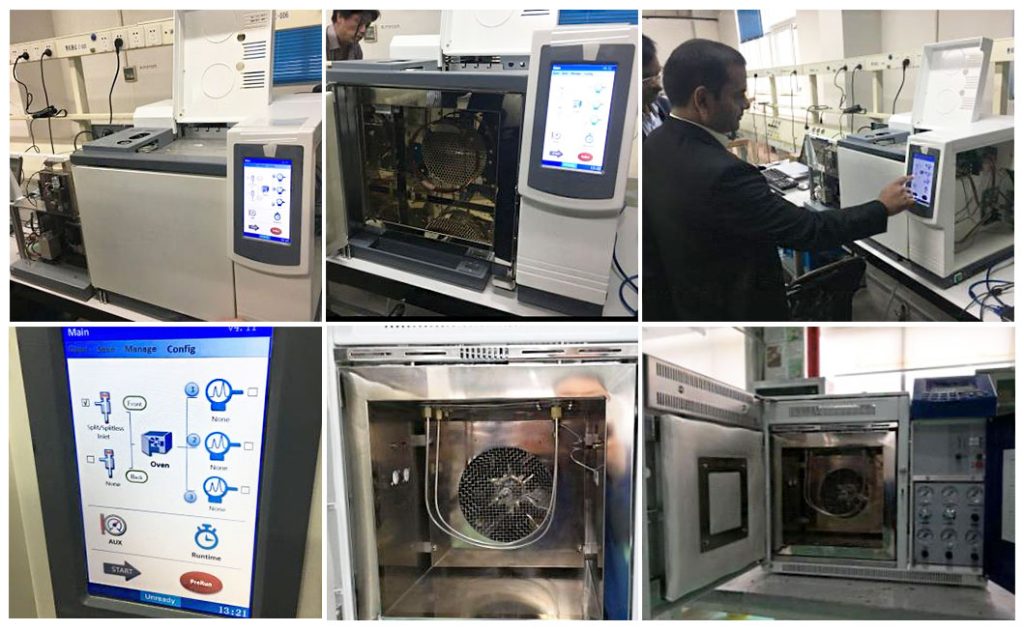
Advantages of HPLC
High Sensitivity: HPLC is capable of detecting analytes at extremely low concentrations, making it ideal for trace analysis.
Precision and Accuracy: It quantifies analytes with excellent precision and accuracy, making it a trusted choice for quality control and research.
Versatility: HPLC is capable of separating a wide variety of substances, ranging from tiny molecules to big macromolecules such as proteins and nucleic acids.
Speed: HPLC analysis periods are relatively short, which is important for high-throughput applications.
Quantitative Analysis: HPLC provides quantitative data that enables researchers to determine the precise quantity of analytes in a sample.
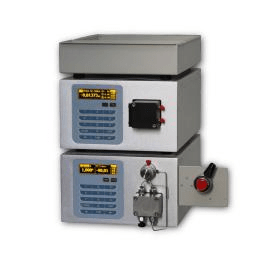
What are the Key Applications of HPLC?
High-Performance Liquid Chromatography (HPLC) is a vital analytical technology with numerous applications in a variety of industries.
1. Pharmaceutical Analysis
Drug Purity and Potency: In the pharmaceutical business, HPLC is widely used to test the purity and potency of pharmaceuticals to ensure they meet regulatory criteria.
Pharmaceutical Formulations: It is used to determine the composition of pharmaceutical formulations, including the identification and quantification of active substances, contaminants, and degradation products.
Bioanalysis: HPLC is used in pharmacokinetics and pharmacodynamics research to evaluate drug concentrations in biological samples.
2. Environmental Monitoring
Water and Soil Analysis: HPLC is critical for determining the presence of environmental pollutants in water and soil samples, such as pesticides, heavy metals, and organic contaminants.
Air Quality Analysis: It aids in the detection of volatile organic compounds and atmospheric contaminants in air samples.
3. Food and Beverage Industry
Food Quality Control: HPLC is used to detect additives, preservatives, pollutants, and nutritional components in food and beverage items..
Flavor and Fragrance Analysis: It assists with the identification and measurement of taste components in food and fragrance goods.
4. Clinical Diagnostics
Biomarker Analysis: HPLC is used in clinical samples to assess biomarkers, hormones, and drug levels, which aids in illness diagnosis, patient monitoring, and therapeutic drug monitoring.
Toxicology: It is used to quantify hazardous chemicals and illicit drugs in biological samples.
5. Chemical Research
Compound Identification: In chemical research, such as drug discovery, synthetic chemistry, and materials science, researchers utilize HPLC to separate and identify molecules.
Chiral Separations: HPLC can separate enantiomers, providing valuable insights into the properties and reactivity of chiral molecules.
6. Forensic Science
Drug Analysis: HPLC is applied to analyze controlled substances, identify unknown compounds, and quantify drug concentrations in forensic investigations.
Toxicology Testing: It is used to detect and quantify toxins and poisons in post-mortem samples.
7. Biotechnology and Life Sciences
Protein and Peptide Analysis: HPLC plays a crucial role in characterizing proteins and peptides, including size exclusion chromatography, ion-exchange chromatography, and reverse-phase chromatography.
Nucleic Acid Analysis: It is used for the purification and analysis of nucleic acids, including DNA and RNA.
8. Polymer and Material Science
Polymer Characterization: HPLC helps analyze the molecular weight distribution, composition, and additives in polymers and plastics.
Material Analysis: It is used in the analysis of various materials, including coatings, adhesives, and catalysts.
9. Petroleum and Petrochemical Industry
Petroleum Analysis: HPLC is used in quality control and refining processes to assess the composition of crude oil and petroleum products.
10. Academic and Research
HPLC is used by academic researchers for a variety of purposes, including exploring the chemical makeup of natural materials, analyzing environmental chemistry, and more.
Conclusion
High-Performance Liquid Chromatography has become an essential component of modern analytical chemistry. Its extensive range of applications and capacity to produce exact and consistent results help greatly in scientific research, quality control, and regulatory compliance in a variety of disciplines.

